Hindu Festivals Tulsi Vivah
Tulsi Vivah
Tulsi Vivah is a sacred Hindu festival that marks the ceremonial marriage of the holy Tulsi plant (a form of Goddess Lakshmi) with Lord Vishnu, often in the form of Shaligram or Krishna. It is observed on the eleventh day (Ekadashi) of the bright half of the Kartik month (October–November). The festival symbolizes the end of the monsoon and the beginning of the Hindu wedding season. Devotees decorate the Tulsi plant like a bride, perform rituals, sing devotional songs, and conduct the wedding ceremony with full traditions. Tulsi Vivah signifies purity, devotion, prosperity, and the union of the divine.
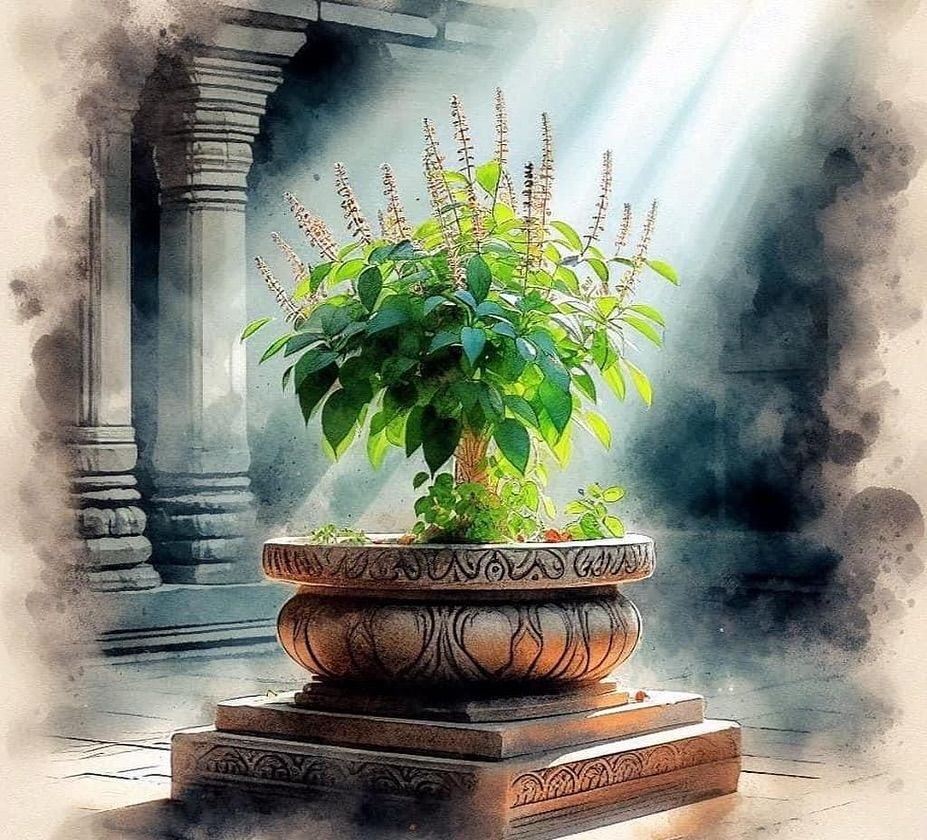

Tulsi Vivah also marks the beginning of the Hindu marriage season, making it culturally significant. Married women pray for the long life of their husbands, while unmarried girls seek blessings for an ideal partner. The festival conveys messages of faith, purity, prosperity, and marital harmony, blending mythology with deep-rooted cultural traditions.

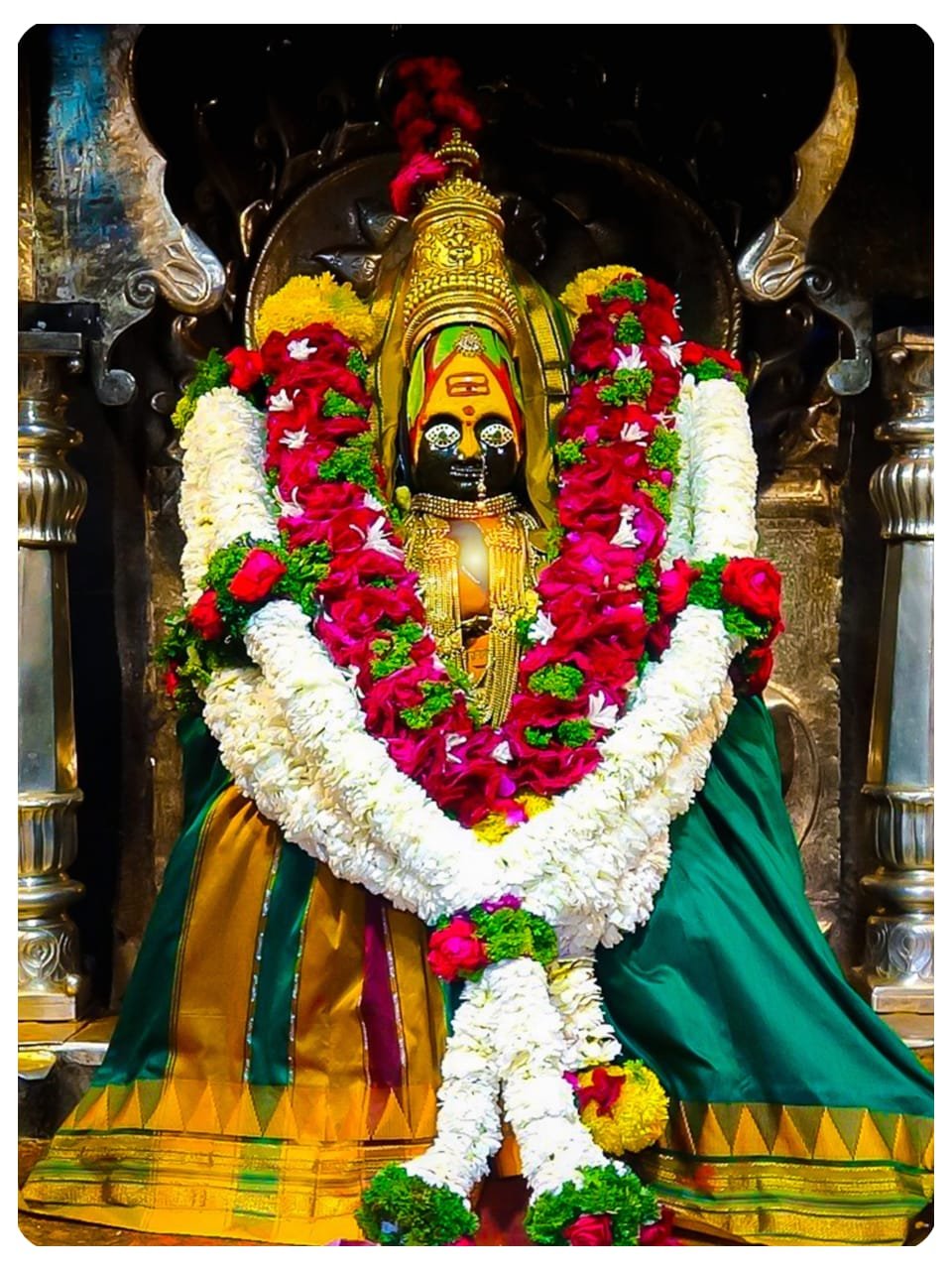

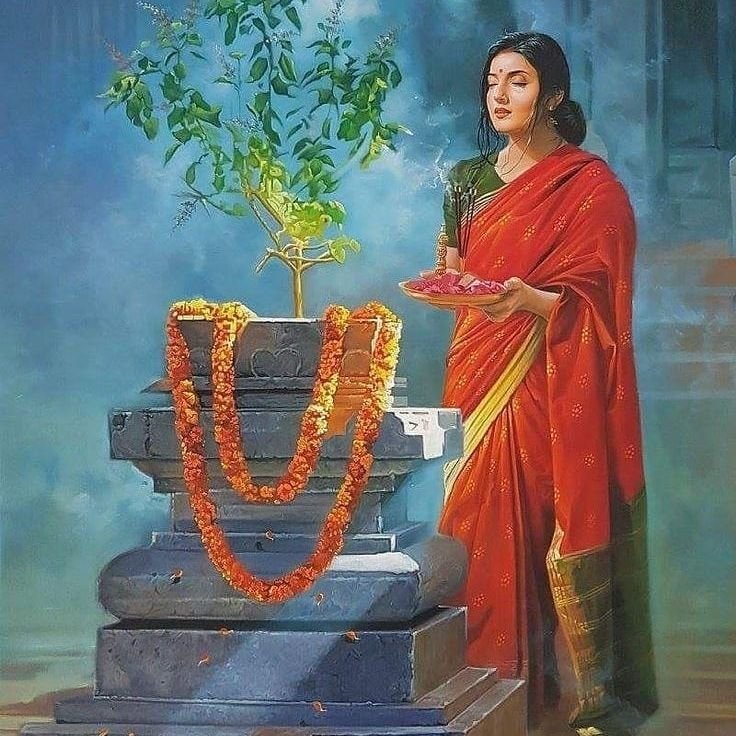


Rituals & Traditions of Tulsi Vivah
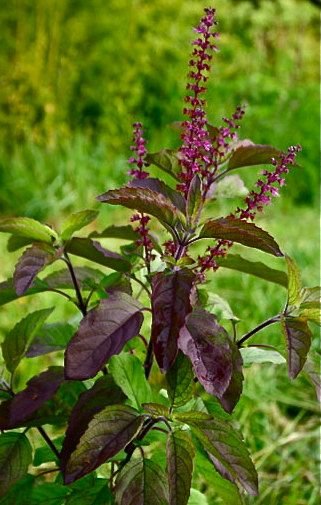
Tulsi Vivah is a holy Hindu festival that marks the ceremonial marriage of the sacred Tulsi plant, revered as an incarnation of Goddess Lakshmi, with Lord Vishnu, usually worshipped in the form of Shaligram or Krishna. This festival is observed annually on the eleventh day (Ekadashi) of the bright half of the Kartik month, which usually falls in October–November. It holds immense religious and cultural significance as it symbolizes purity, prosperity, and divine blessings. Tulsi Vivah also marks the beginning of the Hindu wedding season, and thus many auspicious ceremonies start after this day.On the occasion of Tulsi Vivah, the Tulsi plant is decorated with utmost devotion. Devotees adorn the plant with a saree, bangles, flowers, kumkum, and ornaments, treating it like a bride. A mandap (wedding pavilion) is prepared, and rituals resembling a traditional Hindu marriage ceremony are performed. Lord Vishnu, in the form of Shaligram, is placed as the groom, and sacred mantras, bhajans, and aarti are performed. Offerings of fruits, sweets, incense, and diyas are made. The wedding ceremony is carried out with enthusiasm, where family members often play the role of the bride’s and groom’s relatives, creating a festive and spiritual atmosphere.According to Hindu legend, Tulsi was a pious woman named Vrinda, who was blessed and transformed into the holy Tulsi plant after her deep devotion to Lord Vishnu. To honor her faith, Lord Vishnu married her in the form of Shaligram. This story emphasizes devotion, sacrifice, and the eternal connection between the divine and the devotee.Celebrated both in temples and homes, Tulsi Vivah brings people together in faith and devotion. It is believed that performing Tulsi Vivah sincerely ensures prosperity, marital harmony, and happiness in families. Spiritually, the festival represents the union of bhakti
Spiritual Importance & Cultural Significance
On the occasion of Tulsi Vivah, the Tulsi plant is decorated with utmost devotion. Devotees adorn the plant with a saree, bangles, flowers, kumkum, and ornaments, treating it like a bride. A mandap (wedding pavilion) is prepared, and rituals resembling a traditional Hindu marriage ceremony are performed. Lord Vishnu, in the form of Shaligram, is placed as the groom, and sacred mantras, bhajans, and aarti are performed. Offerings of fruits, sweets, incense, and diyas are made. The wedding ceremony is carried out with enthusiasm, where family members often play the role of the bride’s and groom’s relatives, creating a festive and spiritual atmosphere.According to Hindu legend, Tulsi was a pious woman named Vrinda, who was blessed and transformed into the holy Tulsi plant after her deep devotion to Lord Vishnu. To honor her faith, Lord Vishnu married her in the form of Shaligram. This story emphasizes devotion, sacrifice, and the eternal connection between the divine and the devotee.Celebrated both in temples and homes, Tulsi Vivah brings people together in faith and devotion. It is believed that performing Tulsi Vivah sincerely ensures prosperity, marital harmony, and happiness in families. Spiritually, the festival represents the union of bhakti (devotion) with dharma (righteousness), reminding devotees
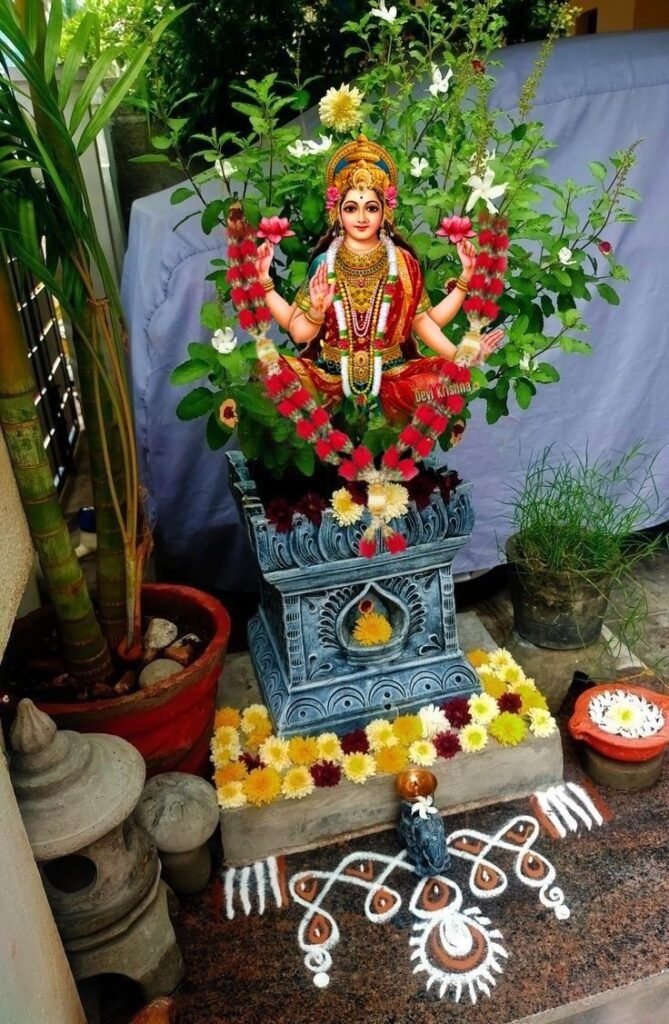

Food & Sweets & Modern Celebrations
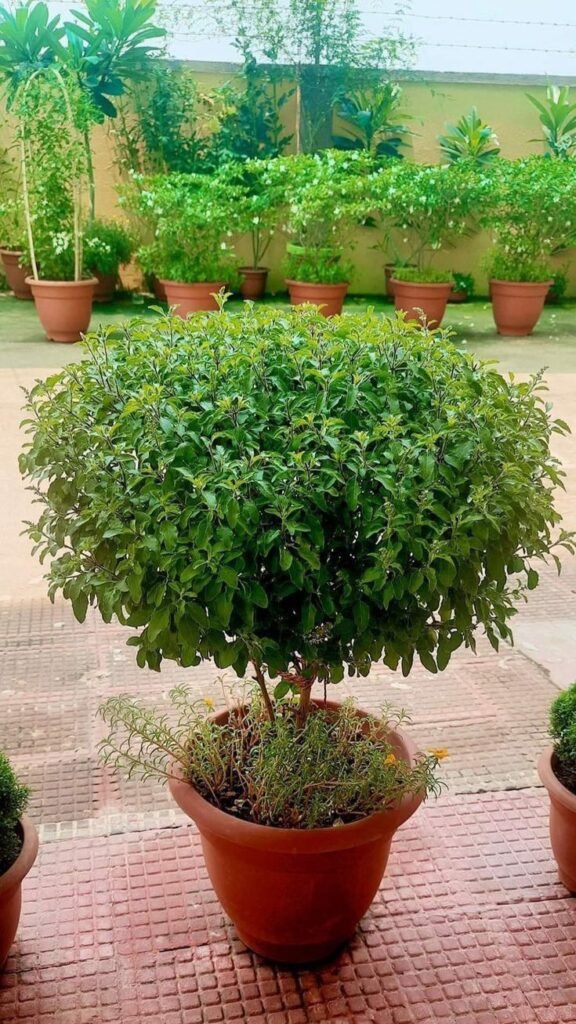
The festival is deeply rooted in Hindu mythology. According to ancient legends, Tulsi is considered a manifestation of Goddess Lakshmi, consort of Lord Vishnu. In another narrative, she is identified with Vrinda, the devoted wife of the demon king Jalandhar. Through her unwavering chastity and devotion, Vrinda made her husband invincible, even against the gods. To restore cosmic balance, Lord Vishnu disguised himself as Jalandhar, breaking Vrinda’s chastity and enabling Shiva to defeat Jalandhar. When Vrinda discovered the truth, she cursed Lord Vishnu to turn into a black stone (Shaligram) and later immolated herself. From her ashes grew the sacred Tulsi plant, which has since been worshipped as a goddess. To honor her devotion and purity, Vishnu accepted her as his divine consort in the form of Tulsi Vivah.This myth conveys deep symbolic meaning — it represents the eternal bond between nature (Tulsi) and divinity (Vishnu), as well as the victory of righteousness over evil.Rituals and Celebrations The preparations for Tulsi Vivah begin with cleaning and decorating homes and temples. The Tulsi plant, grown in a special square structure called Tulsi Vrindavan, is the central focus of the celebration. On the day of the festival, the plant is dressed like a bride — adorned with a red sari, ornaments, flowers, and even a small nose ring. A vermilion mark is applied on its leaves, symbolizing the traditional adornments of a Hindu bride.The groom, represented by Shaligram (a black stone form of Vishnu) or an idol of Vishnu/Krishna, is decorated in dhoti, crown, and garlands. The ritual marriage is performed following Hindu wedding traditions — including chanting of mantras, tying of the sacred thread, applying turmeric and vermilion, exchanging garlands, and performing the mangal pheras around the sacred fire. Devotees sing bhajans, perform aarti, and distribute prasad made of sweets, fruits, and other festive delicacies.In many households and temples, this marriage is conducted with




















































